
History & architecture Declared National Monument in 1987, this is the most important cemetery in Cuba and its 57 hectares (10 acres) makes it the largest in America. According to Enrique Martínez y Martínez, in the Cuba Arquitectura y Urbanismo magazine, Cementerio de Colón “was the most notable religious construction built in the city in the 19th century.” Given the richness of its architecture and sculptures, it is also regarded as one of the most valuable religious constructions in the world, from a cultural viewpoint.
In 1854, Cuba’s Governor Marquee of Pezuela tried to get a permit to have this cemetery built, but to no avail. It was finally authorized by Royal Decree in 1866. Construction works took almost 15 years and the cemetery was built as per the design of Calixto de Loira, the Spanish architect who won the contest organized to that end. The layout was designed with five crosses formed by streets that intersect perpendicularly. The two main avenues form the central cross, where the central chapel is located.
A miniature city of marble, bronze, polished granite, angels, crosses and rich symbolism, Necrópolis de Cristóbal Colón boasts works by some of Cuba’s most renowned 19th- and 20th-century artists, including Miguel Melero, José Vilalta de Saavedra, René Portocarrero, Rita Longa, Eugenio Batista, Max Borges Recio and Juan José Sicre. The entrance is topped by a Carrara marble sculpture, 34 meters longs and 21.6 meters tall, that represents faith, hope and charity.
Many of the family vaults are smaller-scale versions of their owners’ mansions. Arches, cupolas, and stained-glass windows adorn these constructions. The most visited tomb is that of Amelia Goire de la Hoz, a high-society lady, who is now known as La Milagrosa (The Miracle Lady). Noteworthy is also the tomb of 1921-1927 World Chess Champion José Raúl Capablanca, featuring the sculpture of a king chess piece.
A dazzling miniature city of creamy marble, glittering bronze, polished granite, angels, crosses and rich symbolism, Cementerio Colón was designed by Spanish architect Calixto de Loira and built between 1871 and 1886, on 55 hectares (136 acres) of former farm land. Laid out in a grid divided by calles and avenidas, with the octagonal Capilla Central (central chapel) at its heart, the cemetery has monuments, tombs and statues by outstanding 19th- and 20th-century artists. Plots were assigned according to social class, and soon became a means for patrician families to display their wealth and power with ever more elaborate tombs and mausoleums. The main entrance is marked by a grandiose gateway decorated with biblical reliefs and topped by a marble sculpture by José Vilalta de Saavedra, Faith, Hope and Charity. Some of the most important and elaborate tombs lie between the main gate and the Capilla Central: the Capilla del Amor (Chapel of Love) built by Juan Pedro Baró for his beloved wife Catalina Laza; the exquisite Monumento a los Bomberos (Firemen’s Monument) built by Spanish sculptor Agustín Querol and architect Julio M Zapata to commemorate the 28 firemen who died when a hardware shop in La Habana Vieja caught fire in 1890; and probably the most visited grave in the cemetery, La Milagrosa (The Miraculous One), the final resting place for Amelia Goyri de Hoz who died in childbirth in 1901 and was buried here with her stillborn baby at her feet. When her tomb was opened some years later, the dead child was found in Amelia’s arms. Ever since, the mother has been the centre of popular myth, and is celebrated as the Miraculous One, symbolising eternal hope. A huge number of famous Cubans have also found their final resting place here, including General Máximo Gómez, novelist Alejo Carpentier, composer Hubert de Blanck and countless martyrs to the Revolution. Start your visit at the information office (left of the main entrance), where you can enlist the services of an excellent English-speaking guide.




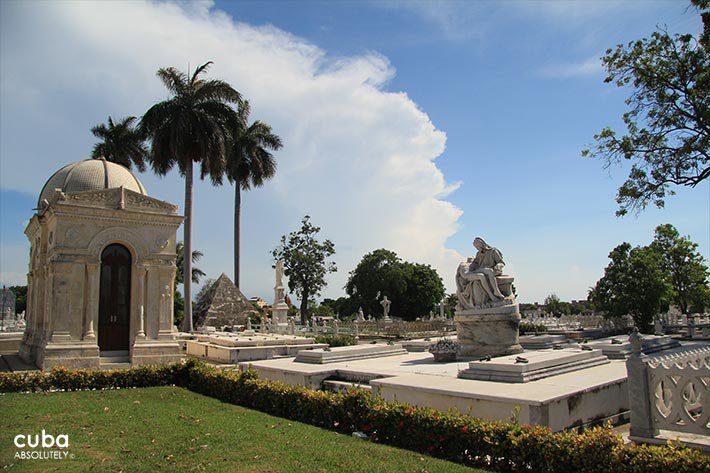
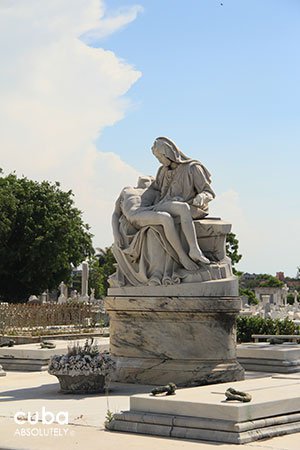













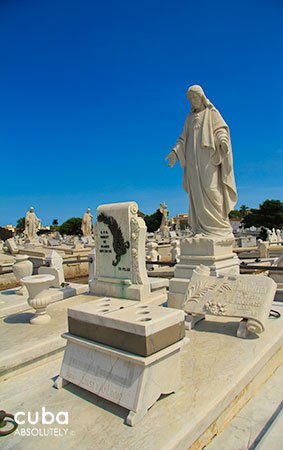







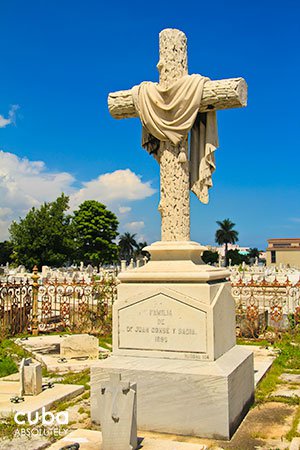
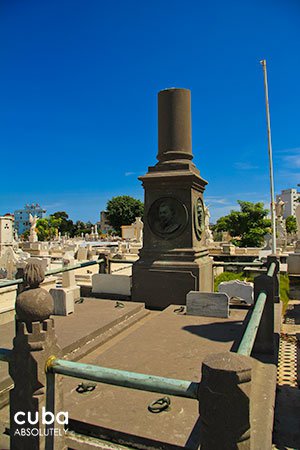








 Colonial
Colonial








